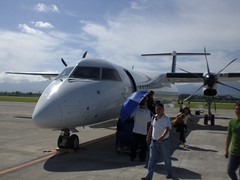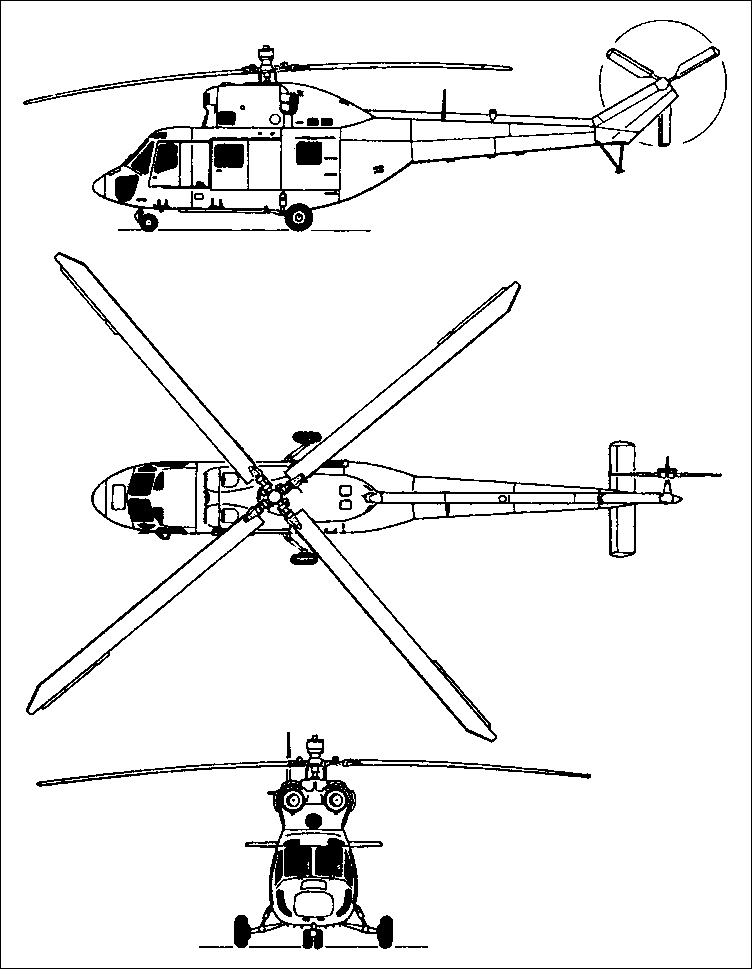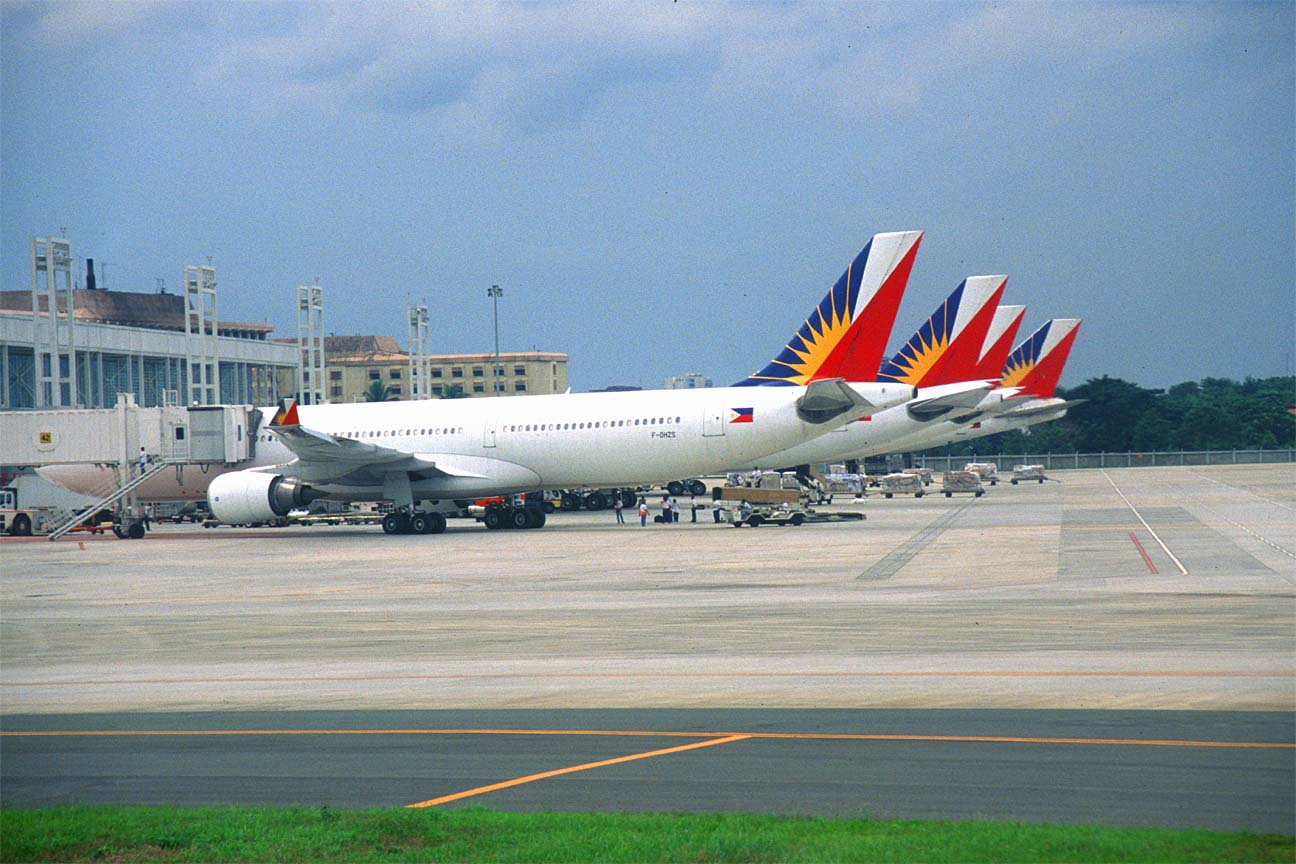
By
Siva GovindasamyDecember 1, 2009
If the Philippines has gained a reputation for being a place for good quality and efficient aircraft maintenance, repair and overhaul services over the last decade, that is mainly due to the formation of Lufthansa Technik Philippines (LTP) in 2000.
The company, which is 51% owned by German MRO firm Lufthansa Technik and 49% by Philippine-based MacroAsia, an aviation services company, is based at Manila's Ninoy Aquino International airport, which is the country's main air gateway.
Lufthansa Technik has taken advantage of the country's strategic location, low labour costs and high-quality workforce to establish what many in the industry recognise as one of South East Asia's leading maintenance houses. It offers a broad spectrum of MRO services, with an especially strong focus on the Airbus 320, and A330/340 family.
 |
© Lufthansa Technik Philippines |
"By taking this position, we are able to support the fleet of our key customer, Philippine Airlines, the capability on the A320 enables us to tap into the growing regional market, and the A330/A340 capability gives us a global reach," says Dominik Wiener-Silva, vice-president for marketing and sales. "We provide integrated MRO services for cost-efficient and reliable flight operations."
PAL SUPPORT
It began by offering support for PAL's entire fleet of aircraft, and soon after added Lufthansa and Austrian Airlines as its first international customers. After gradually expanding its capabilities and facilities, it now provides third-party services for more than 20 airlines.
This includes line maintenance services to carriers such as Japan Airlines, Jet Airways, Korean Air and Singapore Airlines, and base maintenance services for airlines such as Hong Kong's Cathay Pacific Airways and Australia's Qantas, along with Europe-based BMI, Thomas Cook Airlines and Virgin Atlantic.
All of its work is performed at 26,000m2 (280,000ft2) hangars and 27,000m2 workshops in Manila within the airport. The company also has a five-bay hangar that includes two exclusive A330/A340 production lines with custom-designed docking facilities.
One of its advantages is its location inside a free trade zone. This "guarantees the speedy customs release of urgently needed aircraft parts", says the company. Aside from its Manila base, LTP also has maintenance stations in Cebu, Clark and Davao.
Over the past nine years, the company has acquired capabilities for a variety of aircraft. Line maintenance is offered on the Airbus A320 family, A330/A340, Boeing 737 Classics and the 747 and 777 families. "We tailor timetables and requirements, 24h a day, seven days a week," says the company.
It can also perform C checks on the A320 family, A330/A340, 737 Classics and 747s, in addition to the D checks on the A320 family and A330/A340 aircraft. For base maintenance, in addition to the five widebody hangar bays, the company has several backshops designed in line with Lufthansa Technik's standards.
In September 2007, Lufthansa Technik Philippines received European Aviation Safety Agency certification for all maintenance work on the latest Airbus variant in the A340 family, the A340-600. A widebody hangar was added recently to meet increasing demand for A330/A340 base maintenance checks. And with PAL due to receive its first two 777s by year-end, that capability will also be added.
 |
© Lufthansa Technik Philippines Lufthansa Technik Philippines offers its line maintenance services at Manila airport |
The company offers engine MRO services, giving support for line and base maintenance for powerplants including the CFM International CFM56 series, General Electric CF6-80 series, IAE V2500 Pratt & Whitney PW4000 and Rolls-Royce Trent 500/700.
Major aircraft modifications, cabin reconfiguration and refurbishment services, cabin window overhaul, non-destructive testing and component support for line and base maintenance are also available, as are a slew of engineering services.
It is also strong in aircraft painting services. "Whether a single aircraft or an entire fleet, customers take advantage of LTP's in-depth expertise in aircraft painting," says Lufthansa Technik.
By offering such comprehensive engineering solutions, the company says that it allows the carriers "to focus on their core business", which is running the airline operation. To this end, LTP has received regulatory approval from the Civil Aviation Authority of the Philippines, the US Federal Aviation Administration and the European Aviation Safety Agency.
GROWTH STRATEGY
Given the growth of South East Asia as an airline and tourist market, the company feels its focus on the region remains an important component of the broader Lufthansa Technik growth strategy. This is especially true in an economic crisis, when airlines are looking at various ways to keep their costs down.
"As we see it, the region remains as the most important growth market because of the strong growth in fleet size and the increasing number of start-up airlines. These factors bring about a continuous demand for MRO services. In this time of economic crisis, the logic in having a subsidiary in the region is justified even more," says Wiener-Silva.
"With a set-up in this region of growth, Lufthansa Technik, despite the downturn, is still able to offer an attractive package to the customers. LTP is able to do this because of its close proximity to the customers."
That has paid dividends over the years as LTP has kept its older customers and added new ones. It started work on its 100th heavy maintenance check on an A340 in November.
"The expertise we have developed through the years on the A330/A340 has enabled us to reach this achievement," says Bernhard Krueger Sprengel, Lufthansa Technik Philippines' president and chief executive. "It is because of our strong focus on the aircraft type and commitment to quality and fast turnaround time that we are able to convince old and new customers to put their trust in us."
The company says its commitment to quality and fast turnaround time serves as a challenge, and pushes it to constantly improve its services. To this end, Lufthansa Technik Philippines adopted the Lean principles in 2007 for its overhaul operations, resulting in significant reductions in turnaround times. Together with Airbus, LTP was also able to perform Frame 47 modification incorporated to a heavy check on a number of A340-600s.
"It was in LTP that this critical modification was first performed outside an Airbus facility, further raising the bar in A330/A340 heavy maintenance. Through the adoption of Lean practices, LTP was not only successful in integrating the modification but was also able to reduce the Frame 47 modification turnaround time to only nine days," says the company.
One aspect of its presence in the Philippines is to train a high-quality local workforce - Lufthansa Technik Philippines has 2,800 English-speaking mechanics, engineers and support personnel. Through a partnership with Lufthansa Technical Training Philippines (LTTP), the company's mechanics are certificated through EASA Part 66-compliant courses. It also has a combination of classroom and on-the-job training programmes, and there is a regular exchange of personnel between Lufthansa Technik and other subsidiaries.
The company is also looking to secure business from further afield, with China and India in its radar. It is also in talks with many of Asia's growing band of low-cost carriers.
While investments in infrastructure are always a possibility - and there appears to be scope for further expansion at the airport site - that is unlikely to take place in the immediate future in the face of the economic crisis.
"We expect 2010 to be a year of slow recovery. By saying that, we expect an economic revival in South East Asia as well. This recovery is quicker compared to Europe because in South East Asia we have a younger fleet and a more dynamic market," says Wiener-Silva.





























